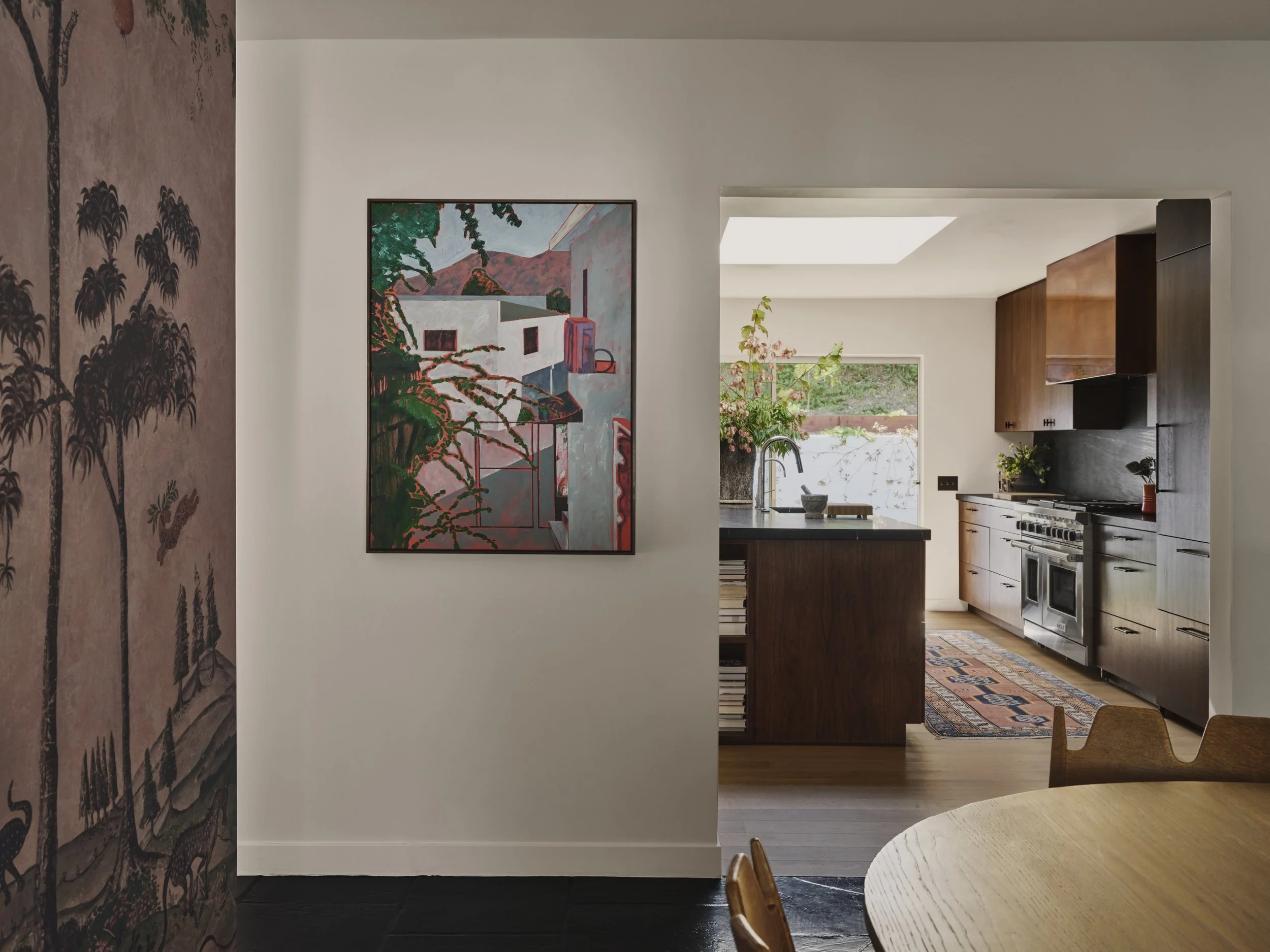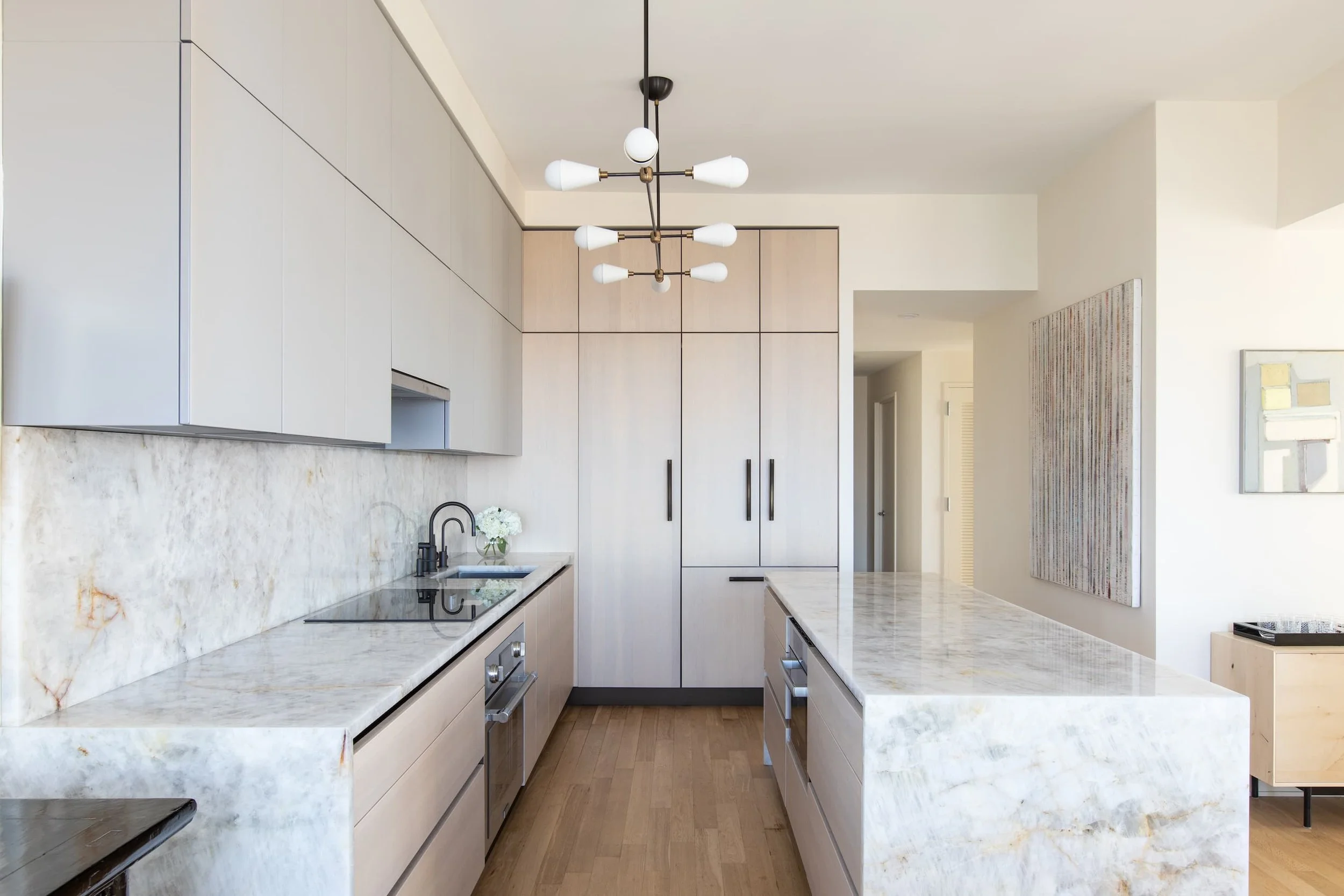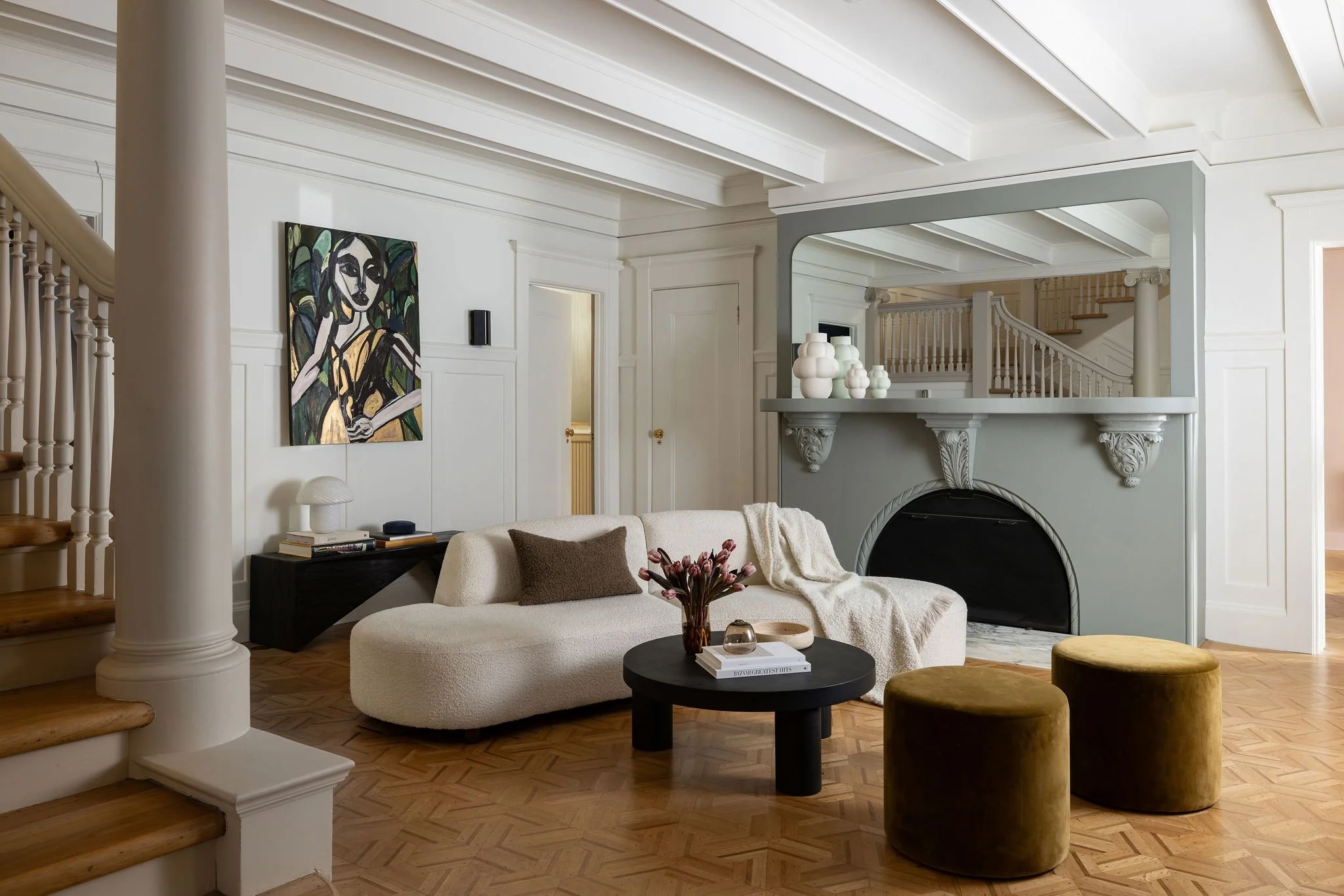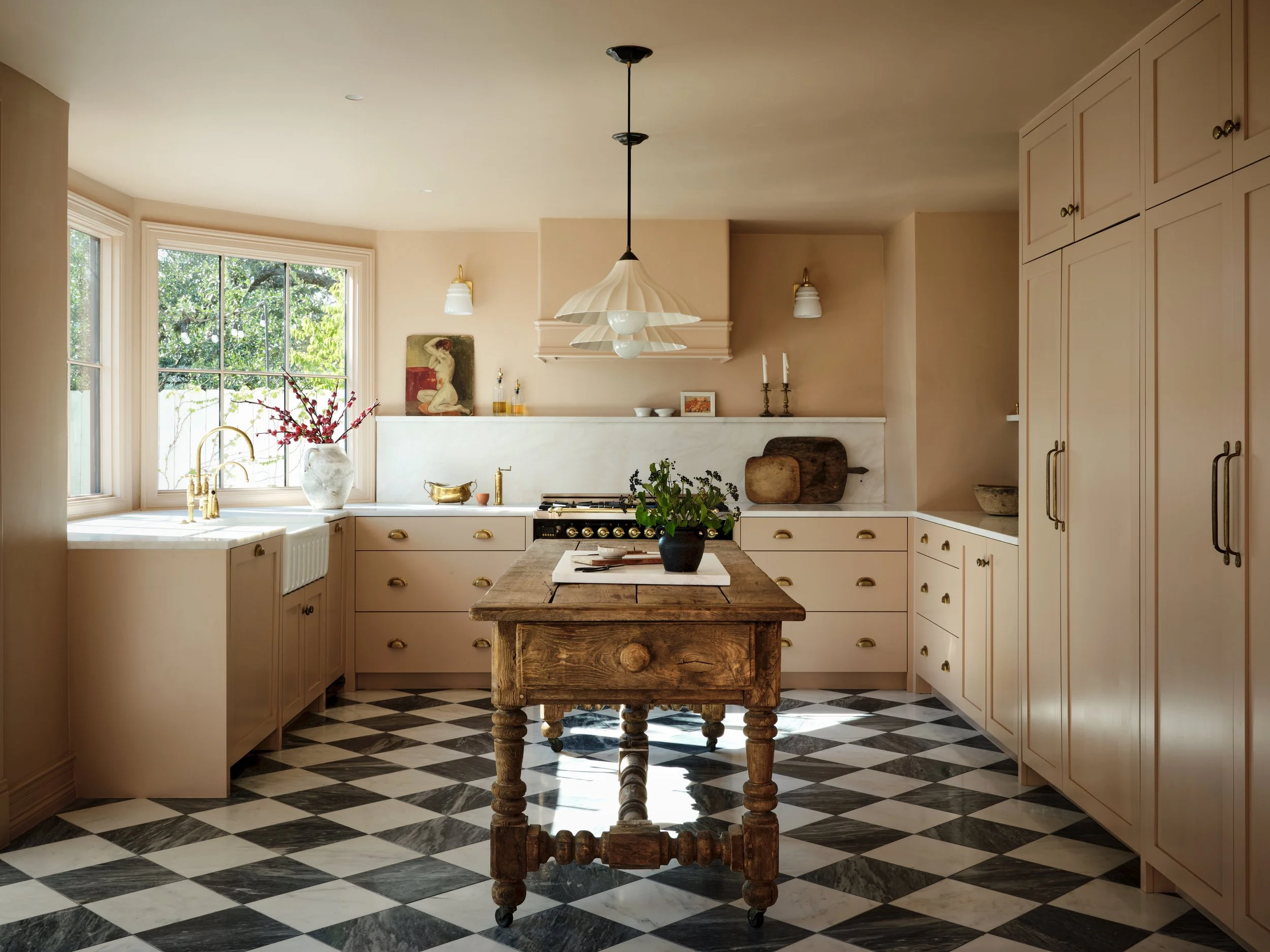Speaking to Pain Points Turns Followers Into Clients
Design: Jaqui Seerman Design
In the world of interior design marketing, many rely heavily on educational content, but they often miss the real key to engagement: addressing their audience’s specific pain points. Your clients come to you looking for real solutions to their struggles and unmet needs. By tapping into these pain points, your content becomes more than informative. It becomes essential. We’ll explore why pain-point-driven content goes the extra mile compared to educational content, and how you can use your clients’ pain points to drive stronger engagement and more conversions.
Why Pain Points Matter More than Interior Design Tips
Content marketing strategy in the interior design niche can become laden with educational posts that are valuable, but also passive. These ‘interior design tips’ are meant to teach, not necessarily to drive action. This is where pain points come in; when used effectively, this type of content connects with clients on an emotional level, making them feel seen and understood. When they know that you acknowledge their struggles to find storage space or deal with an awkward home layout, they are more inclined to trust your firm and seek solutions from you. A shift from educational content to pain-point-driven content can help either lay the foundation for or build upon a loyal client base.
Understanding the Power of Pain-Driven Content
Design: Karen Asprea Studio
People make design decisions based on emotions just as much as aesthetics. When your content highlights challenges such as a dated bathroom or a poorly designed kitchen, and then offers a vision for transformation, you’ll tap into the triggers that drive people to seek professional design help in the first place. Instead of educating readers on design principles, addressing their pain points makes your audience feel understood and eager to engage you, the designer, who can help solve these exact problems.
How Addressing Client Pain Points Boosts Engagement
When searching for design help, people want to feel that your content “gets them.” When they feel understood, odds are that they’ll be more likely to follow your firm on social media or inquire about your services. Instead of passively consuming interior design tips, they start to see you as the expert who can help bring their vision to life. What’s more, pain-point-driven content naturally leads to conversions because you’re offering tangible solutions, whether in the form of a design consultation, furniture package, or a full-service remodel. Check out this post that addresses the power of speaking to pain points to generate more leads.
Striking the Right Balance: Educational vs. Problem-Solving Content
Design: Katie Monkhouse Interior Design
Though we have highlighted the power of pain points, it doesn’t mean you should abandon educational posts altogether. The most effective content marketing strategy combines the two, by first addressing the problem (i.e., “Why does your home feel sparse even after decorating?”) and then providing insights that lead to your bespoke design solutions. In other words, position your expertise around solving real issues such as optimizing small spaces or improving home storage. This approach keeps your content engaging and educational while also driving inquiries.
How to Identify and Use Pain Points in Your Content Strategy
What questions do your clients ask during consultations? What are their struggles and challenges? These are a couple of questions to guide you to the root of your clients’ most acute pain points. When you consider your website and social media platforms, integrating this problem-solving content positions your business as the natural solution. The more your content speaks directly to your audience’s challenges, the more inclined they’ll be to trust you to transform their space
Sage Interior Design Marketing is Ready to Help
Design: Claire Zinnecker Design
Shifting your content marketing approach to one that is pain-point focused makes readers feel understood and ready to take action. This shift doesn’t happen overnight. As a designer or firm owner, you already have a lot on your plate, and reframing a marketing strategy on your own can be a daunting task. But partnering with an interior design-focused marketing company can help pinpoint where and how to make the best changes for your business.
At Sage Interior Design Marketing, we’re committed to helping you stand out online with the unique offerings and solutions that only your brand can provide. We understand that your clients are your priority, which is why we offer bespoke social media marketing services to engage new potential clients and continue building trust with the audience you already have. Whether you’d like to adjust your current content marketing approach or you’re starting from scratch, we are here to help you curate an online presence that is authentic and drives results. Your marketing transformation is just around the corner; get in touch with our team to learn more.




